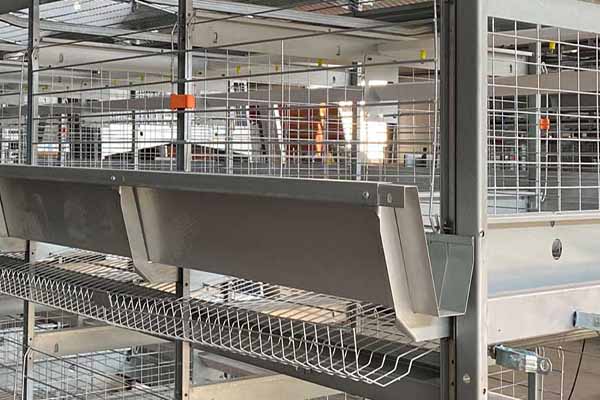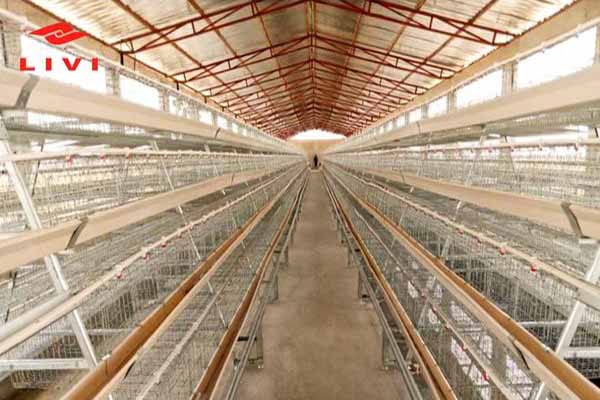Optimizing Poultry Farming: The Benefits of Climate-Controlled Chicken Cages
The Importance of Climate Control in Chicken Caging
In the modern poultry farming industry, maintaining optimal conditions for chickens is crucial for their health and productivity. Climate-controlled chicken cages have become an essential tool for farm owners and investors seeking to enhance their operations. These systems ensure that chickens are shielded from extreme temperatures and weather conditions, which can lead to illness and decreased egg production.
Did you know that raising chickens in a stable environment can increase egg production by up to 10%? This is just one of the many benefits of utilizing climate control systems in chicken caging.

Key Features of Climate-Controlled Chicken Cages
- Temperature Regulation: Systems can adjust temperatures to a range of 60-80°F (15-27°C), optimal for chicken health.
- Humidity Control: Reduces the risk of respiratory infections and maintains comfortable conditions for chickens.
- Air Filtration: Improves air quality by removing dust, pathogens, and odors.
- Automatic Monitoring: Real-time data tracking ensures quick responses to any changes in conditions.
Cost vs. Benefits Analysis
Investing in climate-controlled chicken cages may seem costly at first glance, but the long-term benefits far outweigh the initial investment. Here’s a brief cost-benefit analysis:

| Initial Investment | Operating Costs | Increased Egg Production | Reduction in Sick Birds |
|---|---|---|---|
| $10,000 – $20,000 | $500 – $1,000/month | Up to 10% | Up to 20% |
Conclusion
Climate-controlled chicken cages are a wise investment for any poultry farm looking to improve efficiency and animal welfare. By maintaining ideal conditions, farmers can enjoy higher yields and healthier flocks.
Are you considering upgrading your chicken caging system? Contact us today for a free, customized chicken farm design and equipment quotation. Let Livi Mechanical help you optimize your poultry farming operations.




